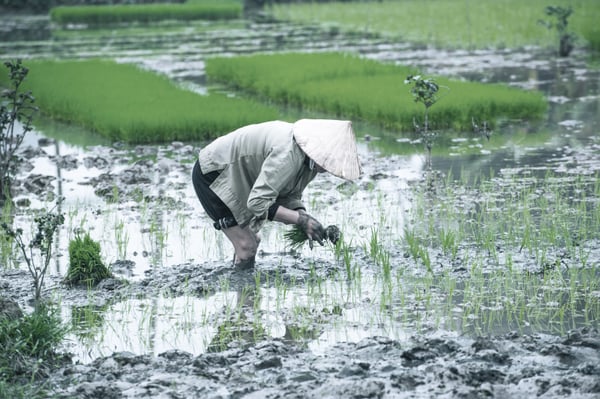
.jpg?width=1298&name=singapore_downtown_skycrapers_desat_3c_hr%20-%20hero%20(2).jpg)
Asia Outlook: Growth slows but is expected to pick up again
Economic Research
Economic recovery is now losing momentum, but renewed growth is anticipated next year
Asia has long been the powerhouse of global growth, leading the world with the highest economic growth year-on-year for decades. However, the economic recovery from the downturn caused by the global pandemic is currently losing momentum. So, what is happening in the region, what has caused this slowdown? Is Asia’s economic success story over or is it just a temporary blip?
Bert Burger, Atradius Principal Economist, dug into the figures and assessed the trends. His insights are encouraging. He found that although the economic recovery in Asia is losing steam, this should not be for long, and growth as we know it should start to re-engage again next year.
 Asia’s economic recovery loses momentum
Asia’s economic recovery loses momentum
More detail is available in the report Atradius Regional Economic Outlook Asia. But in essence, wider structural issues converged with some unexpected headwinds, resulting in a cooling of growth. All indicators point to a slowdown in GDP growth for most of the region’s economies this year, followed by an acceleration in 2024.
During 2022 unexpected headwinds emerged in the form of the Russian invasion of Ukraine and increased geopolitical tensions in the region. Inflation, which was already high globally, rose further causing most central banks to adopt tight monetary policies. China’s continuation of its zero-Covid policy and localised lockdowns also dented growth.
Next year, growth should pick up again, buoyed by the ending of the Chinese zero-Covid policy, growth in consumer consumption and the gradual decrease in the impact of the headwinds.
De-globalisation shakes up established trade flows
Geopolitical tensions, natural disasters and the Covid-19 pandemic all had a disruptive effect on traditional trade flows across the region. For many businesses, especially in China where businesses had to cope with the zero-Covid policies and the US trade tensions, this has resulted in a reduction of trade as customers explored practices such as re-shoring or sought to diversify their supplier portfolios in a bid to build greater supply chain resilience.
However, for several countries in the region, this supply chain shake up has been positive. Vietnam, Thailand, Malaysia and India, have recently been attracting more investment from companies seeking to diversify their supply chains.
 China grapples with structural issues affecting growth
China grapples with structural issues affecting growth
For many years China enjoyed strong growth as its manufacturing capability saw it become the world’s factory. However, structural issues are now resulting in a long-term slow down. These include an aging population, a lack of workforce equipped with the skills for advanced manufacturing and a slowing of productivity growth. The country is also having to deal with changes to global supply chains and the ongoing trade tensions with the US. This structural slowdown means that China is at risk of falling into the ‘middle-income’ trap where it loses its competitive edge and its income becomes stuck at a particular level.
ASEAN-5 develops resilience to external shocks
The ASEAN-5 nations appear to be coping with the slowdown fairly well. For the most part the economies of Indonesia, Thailand, the Philippines, Malaysia and Vietnam are in a good position to weather economic challenges and pursue sustainable growth in the future. This is thanks to greater diversification, moving away from relying too much on commodity exports, as well as a reduction in external debts, improved connectivity thanks to infrastructure investments and strengthened financial systems.
Although global economic headwinds will result in a slowdown for almost all of the ASEAN 5 nations this year, it will remain one of the highest growth areas in the region. Each of the ASEAN 5 nations is predicted to enjoy higher growth next year as they benefit from their increased resilience to external shocks.
Download the Regional Outlook: Asia report here

.png?width=300&name=man_using_tablet_desat_3c_hr%20(5).png)